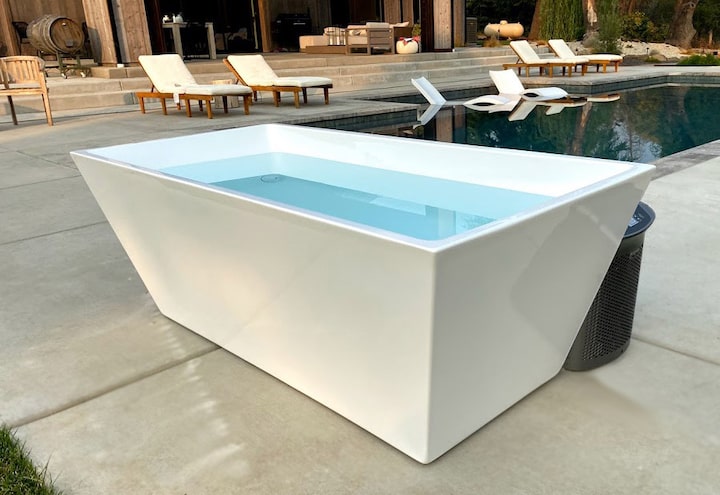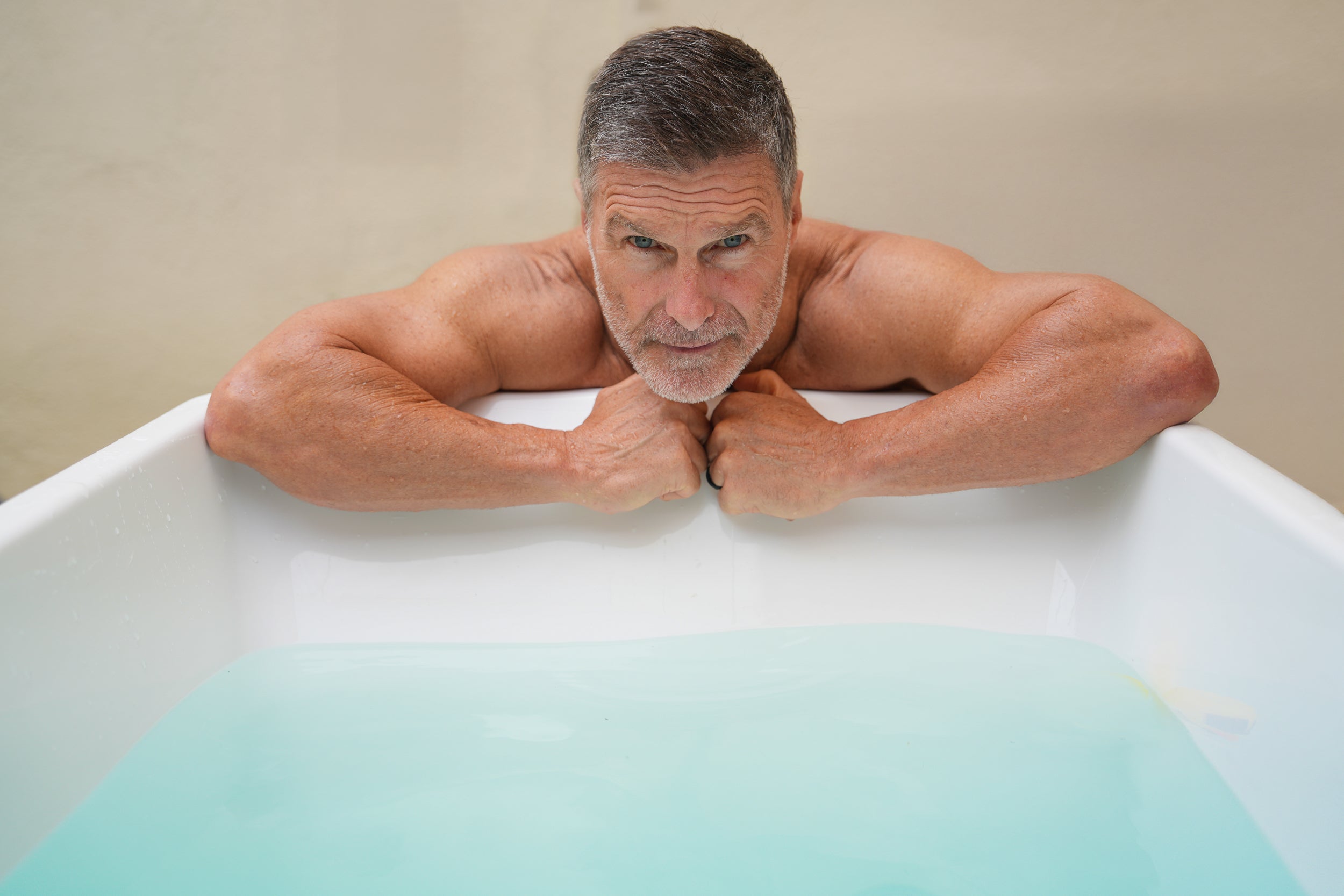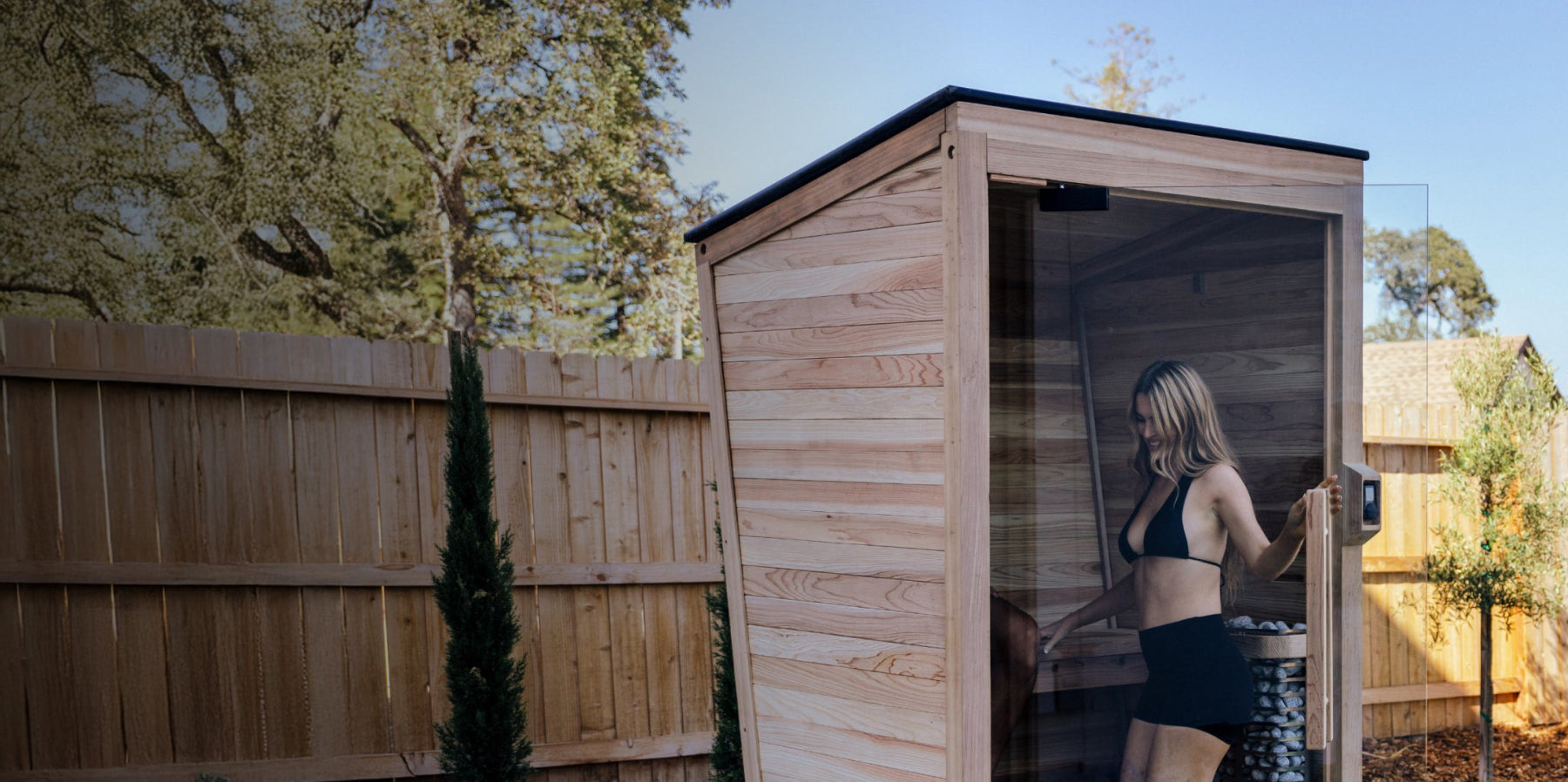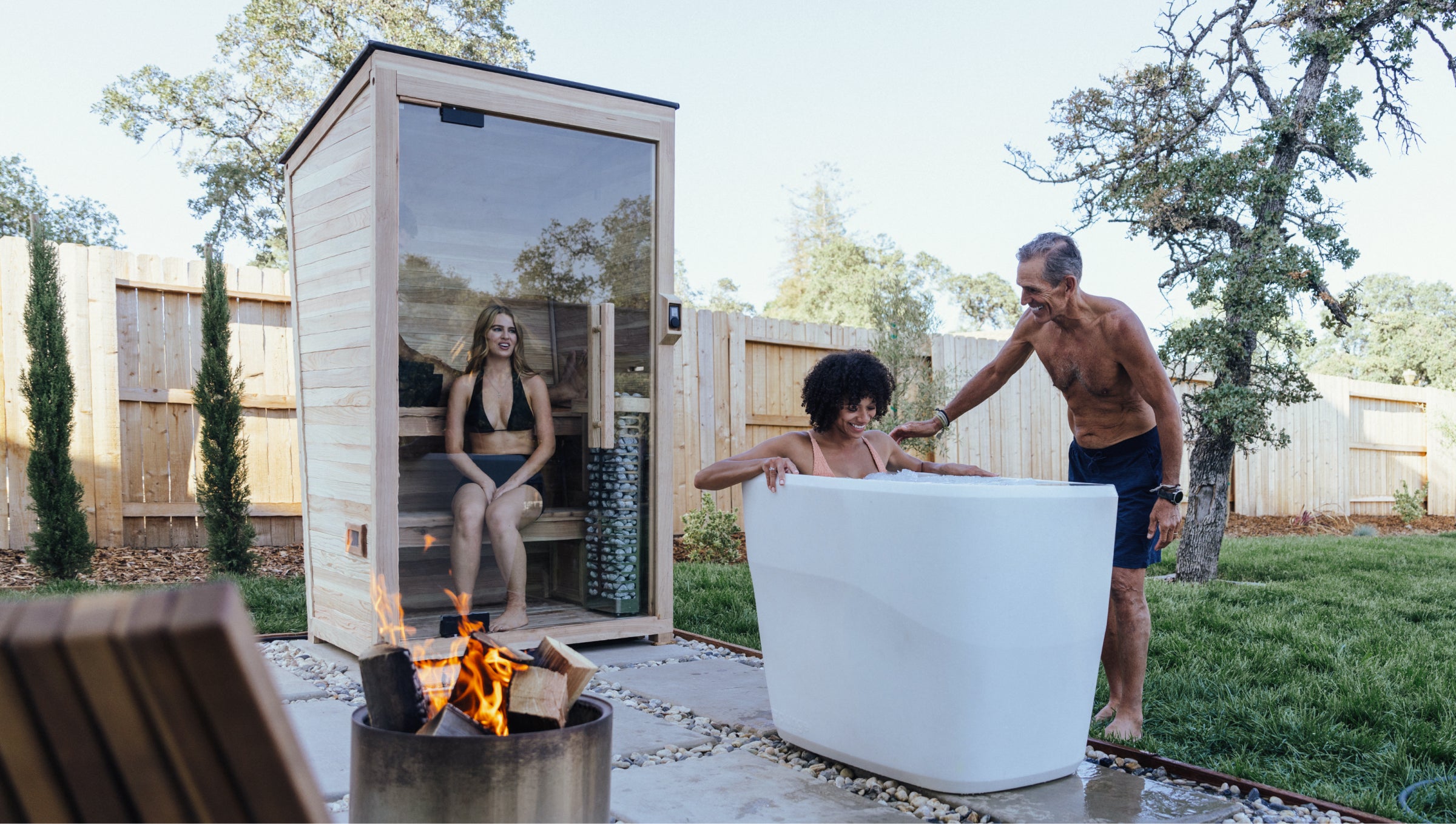
When Should You Ice Bath?
If you have ever seen a locker room after an intense game of football or sat down with a marathon runner after they finish their run, you’ve probably also seen an ice bath somewhere in the vicinity. When you see professional athletes lowering themselves into these ice baths, they probably look frigid, unforgiving, and overall miserable. With all the wincing, whining, and shivering that can come with an ice bath, you might even question if they’re worth all the trouble in the first place!
So, why do athletes take ice baths, and why does that matter for you?
The short answer is that ice baths can help your body recover faster from intense movement and improve performance in many fitness areas. However, that’s only scratching the tip of the iceberg, and if you want the long answer, all you have to do is keep reading.
We’ll go over the best uses for an ice bath and when to use them so you can figure out for yourself if this chilly trend is for you!

Ice Bath Recovery
To start things off, let’s examine how you can use an ice bath for some post-workout recovery. Sports medicine tells us that if you hurt yourself, you should probably ice the area that you hurt to help it recover. The same principle is what drives ice baths, but instead of one concentrated area, you chill your entire body.
When our bodies enter cold water, our blood vessels naturally constrict. Doing this pulls the blood away from our extremities, such as our fingers and legs, and moves it closer to our vital organs to protect them. Having the blood flow so close to our vital organs also helps bring richer, nutrient-filled blood to these areas in order to keep us warm.
When we get out of the ice bath, however, is when the real magic happens. The gradual heating of our bodies naturally “re-opens” our blood vessels, increasing our blood flow once again. This has been shown to improve circulation and provide the body with more oxygenated blood.
Similarly, a part of our bodies called the lymphatic system contracts and expands when we’re exposed to cold water. This system is in charge of your lymph nodes, which in turn help us with immunity. When the lymphatic system contracts and expands, it acts as a sort of pump, flushing the system and helping to boost your immunity.
When to Ice Bath for Recovery
If you want to use an ice bath as a recovery tool, the best time to do it is right after you finish your exercise. Once you complete your workout or game, you can hop into an ice bath for 2-5 minutes, from temperatures of 40 to 60 degrees Fahrenheit, depending on your level of comfortability.
For the best possible results, try combining cold water immersion with some form of active recovery, such as yoga, dynamic stretching, or a short, slow walk. This will help your body wind down from your workout before exposing it to the shock of the cold.
Ice Bath for Feet
If dunking your entire body sounds daunting, you can also look into using ice baths for your feet. However, for your feet, an ice bath is best combined with alternating dunks in a hot bath. The back and forth between hot and cold can help with both circulation and foot pain, making it a potent two-for-one. The ice bath aspect will help decrease swollen feet, and the hot bath aspect will help expand the blood vessels and improve blood flow.
When to Ice Bath for Feet
As opposed to taking ice baths for recovery, you can soak your feet whenever you feel the urge. Of course, like any activity, it is best in moderation, but a daily foot soak can bring out the health benefits of cold water.
Ice Bath for Mental Wellness
Using ice baths for physical recovery is excellent, but here at Plunge, ice baths have become a routine for boosting our mental wellness. Looking beyond our physical reactions to cold water, our brains have some unique responses as well.
At the first sign of exposure to cold temperatures, our body begins to release a hormone and neurotransmitter called norepinephrine. As a hormone, norepinephrine helps our blood vessels constrict, as noted in the physical recovery section above. As a neurotransmitter, however, norepinephrine is involved in maintaining our mood, attention, and energy.
Studies have shown that a lack of norepinephrine can sometimes contribute to depression and ADHD, both of which are often treated with norepinephrine reuptake inhibitors. Instead of using a pill, however, you may be able to get increased levels of norepinephrine just by using cold water therapy!
For some people, this has lead to studies about the benefits of cold showers and their effect on depression, and for others, it has translated into a fantastic mental wellness routine. For example, our co-founders Michael and Ryan follow a daily cold therapy routine to get a burst of energy, master their willpower, and get their days started on the right note.
When to Ice Bath for Mental Wellness
The actual timing of the ice bath can be up to you, but we would recommend it on the earlier side of the day. Dunking into a cold tub will genuinely give you a boost of energy, and unless you are a hardcore night owl, your cold therapy will work best in the morning.
Plunge
Since the beginning, our mission has been to discover mental and emotional resilience by jumping out of our comfort zone and into freezing water. Plunge seeks to make the experience of ice baths accessible without sacrificing luxury or innovation.
The Plunge isn’t just a great way to wake up. A routine of cold plunges can help you on numerous mental and physical levels. Read up on our blog for more tips on cold plunging, try for yourself today, or check out our website for FAQs and more.






